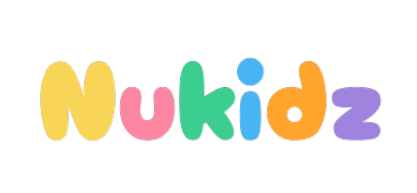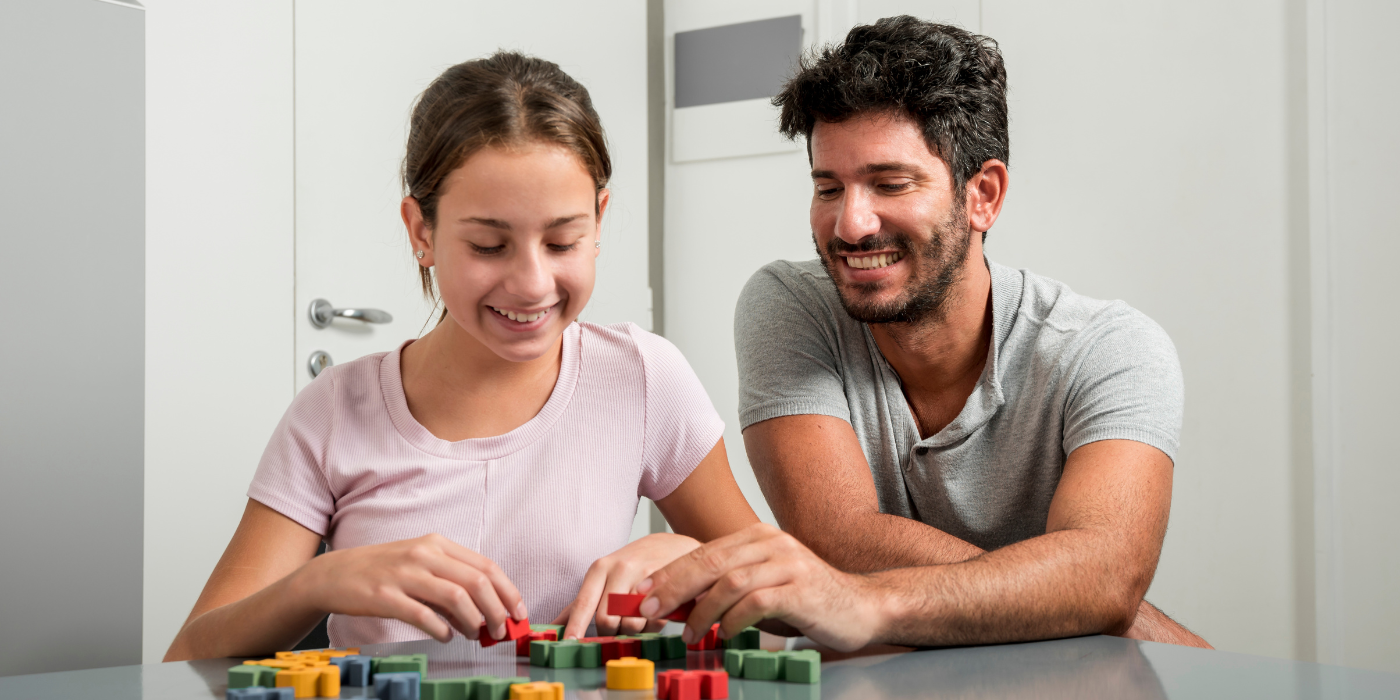Encouraging a Supportive Environment for Reading Advancement
Let’s dive into the magic of making your home an extra-special place for your child’s reading journey. Our focus is on creating a Dyslexia-Friendly Home, where reading is not just a task but a joyful adventure.
Join us as we explore simple yet powerful ways to turn your home into a cozy space where every child, including those with dyslexia, can feel supported and excited about reading. Let us make reading time a celebration, where every word is a step towards success! Ready to create a space where your child’s reading journey can truly flourish? Let’s get started!
Cracking the Code: Understanding Dyslexia in Simple Terms
- Dyslexia Basics:
Dyslexia is a brain-related condition. It makes reading and spelling a bit tricky.
- Reading Challenges:
People with dyslexia struggle with reading. It doesn’t mean they’re not smart; it’s just a different way of learning.
- Unique Characteristics:
Dyslexia looks different for each person. Common signs include difficulty recognizing words and spelling.
- Not About Intelligence:
Dyslexia doesn’t mean someone is less smart. It’s just a unique way the brain processes information.
- Lifelong, but Manageable:
Dyslexia sticks around, but it’s something we can work with. With support, people with dyslexia can get better at reading.
- Strengths and Talents:
Dyslexic folks often rock at problem-solving and being creative. It’s not all about challenges; there are strengths too.
- Early Help Matters:
Catching dyslexia early is a good idea. Special reading programs can help a lot.
Remember, dyslexia is just a different way of learning, and everyone has their own strengths and talents!
Building a Cozy Reading Haven for Your Little Explorer
Setting the Stage for Reading Success
1. Cozy Reading Spaces:
- Transform a corner: Create a snug reading nook with soft pillows and a warm light.
- Why? Imagine it’s like a reading adventure island, where your child can dive into books comfortably.
2. Organized Bookshelves:
- Colourful sorting: Arrange books by topic or colour, like a rainbow of stories.
- Why? It’s like a treasure hunt. When each book has its special place, finding a favourite becomes a game!
3. Accessible Reading Materials:
- Mix it up: Bring in audiobooks, e-books, and graphic novels.
- Why? Variety adds spice! Audiobooks turn stories into exciting sound adventures, e-books are like magic screens, and graphic novels make reading a visual feast.
Let’s Dive into Fun: Cozy Corner Activity!
- What you need: Blankets, cushions, and a small lamp.
- How to do it: Create a cozy reading spot together. Pile up cushions, throw a blanket over, add a soft light, and voilà – your magical reading corner is ready! Invite your child to pick a book and explore the enchanting world of stories in this comfy space.
Remember, the goal is to make reading a joyous experience, sparking your child’s curiosity and love for stories!
Playful Adventures with Words: Boosting Phonics and Vocabulary
Fun with Phonics and Vocabulary
1. Word Games and Puzzles:
- Scrabble Challenge: Play word games like Scrabble, creating words together.
- Why? It turns learning into a game – a friendly word competition where every word counts!
2. Rhyme Time:
- Rhyme Exploration: Dive into rhyming books or make up rhymes together.
- Why? Rhyming is like a catchy song for words. It makes learning sounds a delightful tune!
3. Word Walls:
- Word Showcase: Create a word wall with everyday words used at home.
- Why? It’s a visual adventure! Seeing and saying words regularly helps them stick in your child’s mind.
Let’s Play the Rhyme Game!
- What you need: Rhyming books or a simple rhyme-making activity.
- How to do it: Explore rhyming words together. Pick a word like “cat” and see how many rhyming words you can find – hat, mat, sat! You can also create a simple rhyme: “Let’s hop, don’t stop!” This makes learning sounds a joyful game.
The goal here is to make learning about words a playful and engaging experience, turning every moment into a word-filled adventure!
Sensational Learning Fun: Making Reading Hands-On and Engaging
Multisensory Learning Approaches
1. Hands-On Reading Activities:
- Letter Play in the Sand: Draw letters in the sand or use magnetic letters for a tactile experience.
- Why? It’s like turning letters into an adventure – feeling and shaping them makes learning more hands-on!
2. Storytelling Through Art:Artistic Story Scenes:
- Encourage drawing or painting scenes from favourite stories.
- Why? It’s a creative journey! When your child brings stories to life through art, it creates a deeper connection to the tale.
3. Kinesthetic Learning:
- Storytelling Movement: Act out parts of a story, use gestures, or even dance.
- Why? Learning becomes a dance of words! Moving and acting out stories adds a kinesthetic touch to reading.
Let’s Get Creative: Story Scene Art!
- What you need: Paper, colours, and imagination.
- How to do it: After reading a story, ask your child to draw or paint their favourite part. It could be a character, a scene, or even how they imagine the ending! This activity not only boosts creativity but also strengthens their connection to the story.
The aim here is to turn reading into a hands-on, creative, and dynamic experience, making learning an exciting journey!
Growing Confident Readers: Celebrating Every Step of the Journey
Building Confidence and Celebrating Progress
1. Positive Reinforcement:
- Cheer for Efforts: Praise your child’s efforts in reading, not just achievements.
- Why? Positive words are like applause; they boost confidence and keep motivation high.
2. Progress Journals:
- Record Reading Adventures: Create a reading journal for achievements and favourite books.
- Why? It’s like a reading scrapbook, capturing the journey and showing progress over time.
3. Celebratory Reading Rituals:
- Family Reading Night: Establish weekly family reading nights or a monthly book club.
- Why? It’s a reading party! Celebrate accomplishments together with special rituals that make reading a joyous family affair.
Let’s Start a Reading Celebration: Book Club Fun!
- What you need: Books, cozy space, and family enthusiasm.
- How to do it: Pick a book to read together, discuss favourite parts, and maybe even act out scenes! Add snacks for extra fun. It turns reading into a celebration, making it a special and shared family moment.
The goal is to create an environment where every reading step is a reason to celebrate, fostering a love for reading that lasts a lifetime!
Teamwork for Triumph: Partnering with Teachers and Support for Reading Success
Collaborating with Teachers and Support Systems
1. Open Communication with Teachers:
- Stay Connected: Talk regularly with your child’s teacher about their progress and any concerns.
- Why? It’s like having a reading team – when everyone is on the same page, support becomes stronger.
2. Utilizing Learning Support Resources:
- Dyslexia-Friendly Tools: Use resources like dyslexia-friendly fonts and audiobooks.
- Why? These tools are like superheroes, helping your child navigate the reading adventure with ease.
3. Seeking Professional Guidance:
- Consulting Specialists: If needed, reach out to educational specialists for personalized support.
- Why? Specialists are like coaches, providing tailored strategies to help your child succeed in reading.
Let’s Connect: Teacher Appreciation Activity!
- What you can do: Send a thank-you note or a small token of appreciation to your child’s teacher.
- Why? It’s a simple way to show gratitude for their support in your child’s reading journey. When everyone feels valued, collaboration becomes even stronger!
The aim is to build a strong reading support team, including teachers and specialists, to ensure your child gets the personalized help they need for reading success!
Fostering a Love for Lifelong Learning
1. Reading Beyond the Pages:
- Nature Explorations: Take nature walks and explore the outdoors. Identify plants, birds, or insects together.
- Why? Learning extends beyond books; it’s about discovering the world around us.
2. Library Adventures:
- Library Excursions: Visit the local library regularly. Attend story hours and let your child pick books that catch their eye.
- Why? Libraries are treasure troves of stories and knowledge. Let your child explore and choose what captivates them.
3. Making Learning Playful:
- Educational Games: Integrate games that align with your child’s interests. For instance, if they love animals, play a matching game with animal cards.
- Why? Learning can be fun and playful. By incorporating games, you’re making education enjoyable.
Let’s Explore Together: Nature Scavenger Hunt!
- What you need: A list of items (leaves, rocks, flowers), a small bag, and curiosity!
- How to do it: Go on a nature scavenger hunt. As you explore, collect items from the list. Talk about each discovery and learn about the natural world around you.
This approach expands learning beyond the pages of books, encouraging exploration, curiosity, and a lifelong love for discovering new things!
Nurturing a Growth Mindset
1: Embracing Challenges: Encourage your child to view challenges as opportunities for growth and learning, fostering resilience and a positive attitude toward overcoming difficulties.
Example: If your child finds a puzzle challenging, remind them that it’s okay not to solve it immediately. Emphasize the joy of figuring it out over time.
2: Praising Effort, Not Just Results: Highlight the importance of hard work and persistence. Celebrate the effort your child puts into their tasks, promoting a mindset that values the journey of learning.
Activity: Create an “Effort Chart.” Each time your child puts in effort, add a star. At the end of the week, celebrate their hard work, regardless of the outcomes.
3: Learning from Mistakes: Teach your child that mistakes are a natural part of the learning process. Discuss what can be learned from errors and how they contribute to personal and academic growth.
Example: Share a story about a mistake you made and what you learned from it. Encourage your child to see mistakes as opportunities to grow.
Let’s Embrace Challenges Together: Puzzle Palooza!
- What you need: Puzzles of varying difficulty levels.
- How to do it: Start with an easy puzzle and gradually increase the complexity. As you work together, discuss how each piece fits and celebrate the sense of accomplishment when the puzzle is complete. This activity reinforces the idea that challenges are exciting opportunities to learn.
The goal is to cultivate a mindset where your child sees effort as a path to mastery, challenges as opportunities, and mistakes as stepping stones to success.
Conclusion: Happy Dyslexia Learning at Home
In wrapping up, let’s remember that turning our homes into happy dyslexia-friendly havens involves blending learning with joy. From cozy reading spots to playful word games and supportive collaborations, each step is a happy adventure. Celebrate the progress, embrace the challenges, and most importantly, let’s keep the joy alive in every page turned. Happy dyslexia learning, and may each reading moment be filled with smiles and success!







